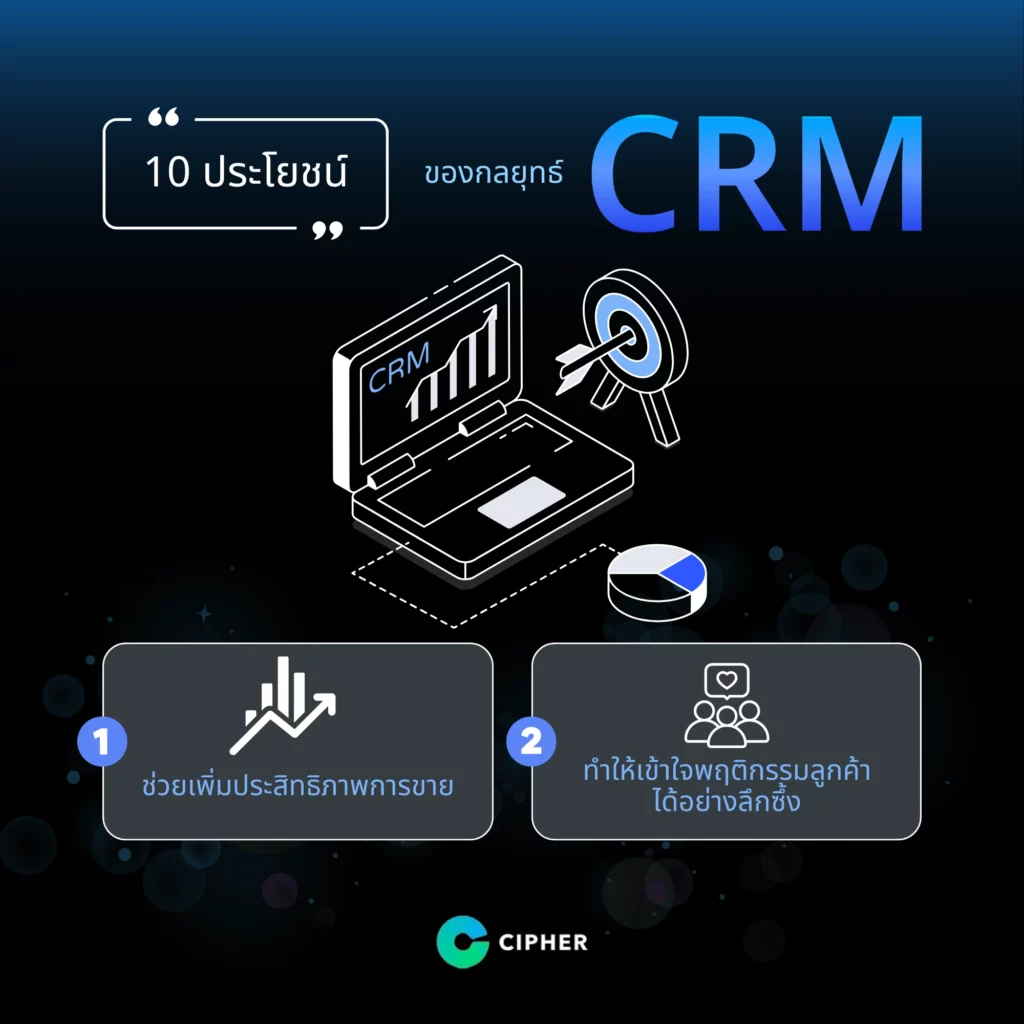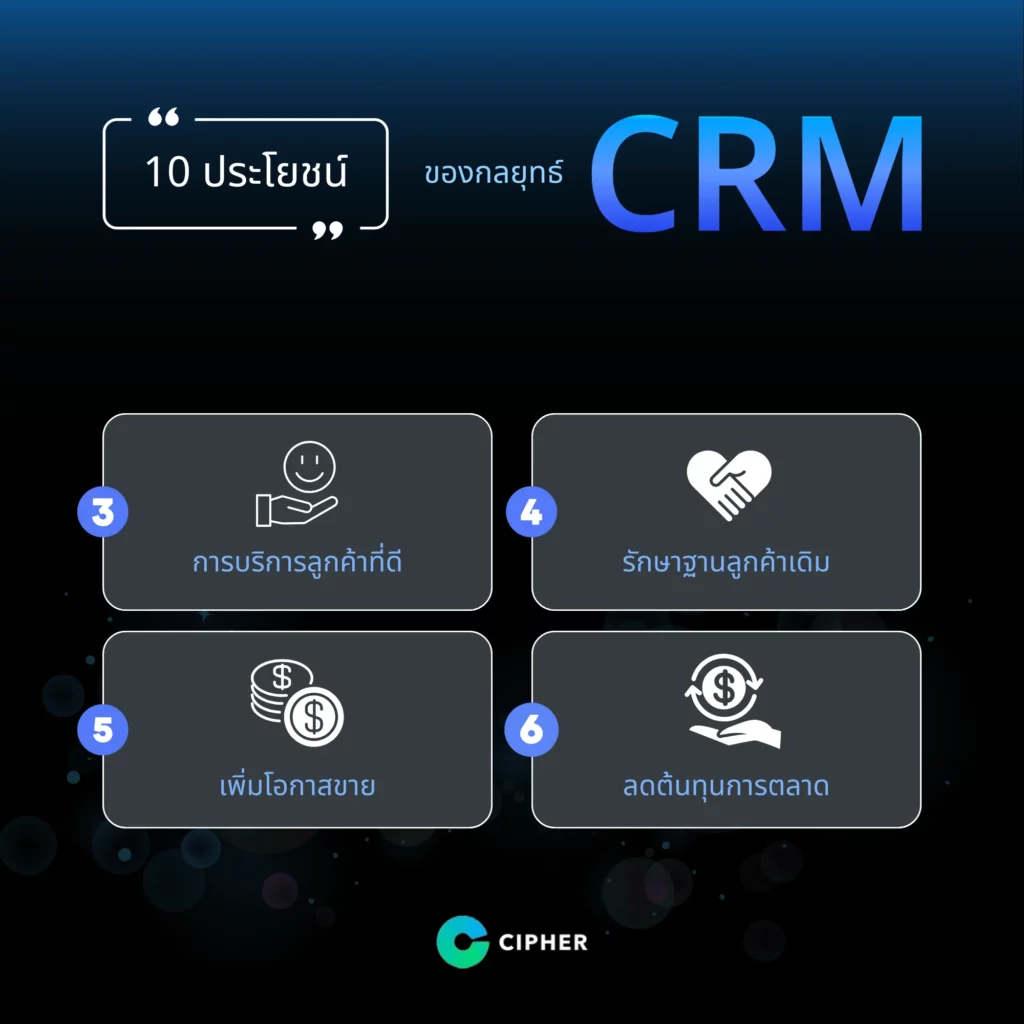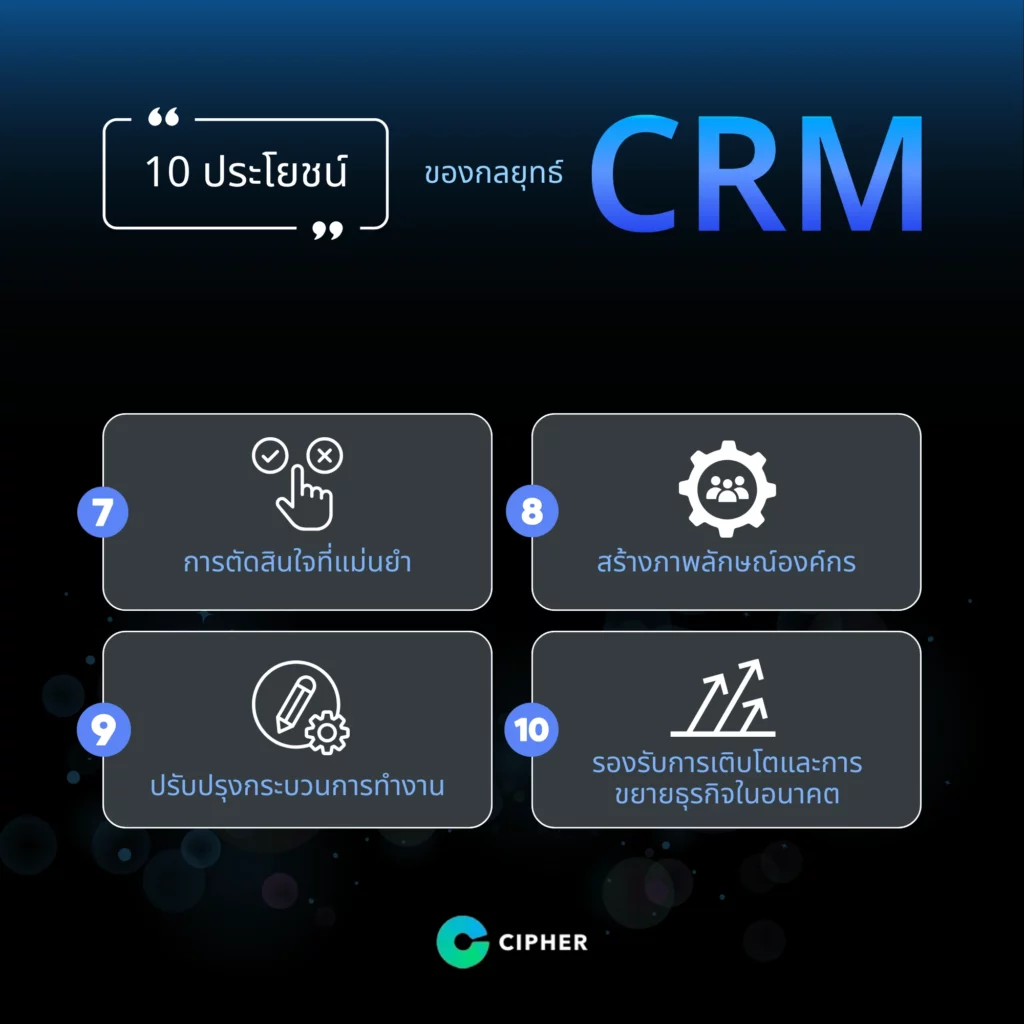Table of Contents
What is Customer Relationship Management (CRM) and why should business owners be interested?
What is a CRM system? Currently, CRM or Customer Relationship Management is considered a customer relationship management system, which is an important strategy for doing business in the digital age, especially for SMEs that want to create a competitive advantage.
In a situation where business competition is getting higher, using CRM Systems not only helps maintain the existing customer base, but is also an important tool that will help the business grow sustainably through building strong relationships with customers and offering services that meet customer needs, giving your business an advantage over competitors. In this article, we will take everyone to get to know this system even more.
What is a CRM system?
CRM stands for ‘Customer Relationship Management’. The heart of CRM is a customer management system that is used to manage customer relationships in a comprehensive manner. Currently, CRM is understood to mean software or a system that is intended to analyze customer data, track customer needs, trading behavior, and create customer service satisfaction. It is an important tool in doing business, which helps maintain good relationships with customers.

The main components of CRM will consist of
- Collecting customer data: such as contact history, personal information, and purchasing behavior
- Data analysis: such as predicting customer needs, analyzing sales trends, and measuring sales performance to adjust marketing plans
- Benefits for businesses: Increasing sales, helping to drill down into data to understand customers better, and also being able to adjust customer service effectively
Difference between B2B CRM vs. B2C CRM
CRMs in Business to Business (B2B) and Business to Consumer (B2C) are distinctly different due to different customer characteristics and business processes. Details are as follows:
- Customers in B2B CRM: An organization or company whose buying decisions involve multiple parties, such as managers, management or purchasing teams, are more complex and longer, focusing on long-term customer relationships and long-term agreements.
- Customers in B2C CRM: Individual customers, individual demand decisions and convenience of purchase, focus on immediate sales growth, retention of regular customers and re-buying activities.
What type of business is CRM suitable for?
The CRM system is a system that can be adapted for all types of business. The most popular business uses the CRM system to manage customers include:
- B2B Business: CRM is suitable for B2B businesses or businesses with continuous system operation, which requires good customer relationship management such as Digital Marketing Agency.
- B2C Business: B2C Business or High-involution Business that requires information and consideration before purchasing such as real estate or automobiles.
- Businesses with Marketing Teams: Coordinating each team is important. CRM can simplify the work of the marketing team and simplify the process, thus improving marketing efficiency.
10 Benefits of a CRM Strategy Business Owners Must Know! If you start too late, you may lose a lot of customers.
CRM is… What’s the point? ? Of course, for business, customer management is very challenging because if you ignore it, your business may lose sales opportunities. The benefits of CRM are as follows:

1. Help increase sales efficiency
The use of CRM enables businesses to better manage their sales processes.
- Systematic customer tracking: Data collection and customer tracking, such as tracking data, conversation history, or sales closure.
- Predicted Sales: Collected customer data can be used to assess future sales trends.
- Reduce customer management time: Reduce duplication of work, such as customer information, and allow sales teams to focus on marketing plans to maximize sales.
2. It gives you a deep understanding of the customer’s behavior.
The CRM system can help analyze customer information to build better relationships.
- Analysis of Individual Needs: The system enables businesses to understand the needs of customers to deliver the right services.
- To create a satisfying experience: When you know your needs, you can offer products and services that meet your needs.
- Designing products and services that meet the target: Information and customer requirements can be used to improve or develop products to meet the needs of the market.

3. good customer service
At the heart of CRM, good customer service helps increase brand satisfaction and loyalty.
- Quick response: Reduce the time it takes to answer a customer’s question or resolve a problem.
- Efficient solution: Data availability, on-the-spot solution
- Impress: Build a good brand image into the hearts of customers.
4. keep one’s existing customer base
Maintaining existing customers ensures that sales can be generated by reusing or reusing the service. The cost of maintaining existing customers is often lower than finding new customers.
- Continuous monitoring: create a sense of care
- Build Loyalty: Strengthen a Sustainable Relationship
- Reduce customer loss: Prevent customers from turning to competing services
5. increase sales opportunities
The CRM system helps sales teams better understand other sales opportunities.
- Appropriate Product Offerings: Customer information can be used to analyze trading information to introduce other products or services that are similar to each other.
- Behavior-based Product Recommendation: Use customer information to adjust the offer so that more products or services can be traded to suit customer needs.
- Increase the value of purchase: Promote sales that meet the needs of customers, which will help businesses create more value for sales than before.
6. reduce marketing costs
Marketing with planned and customer data to help align strategies will help ensure accurate marketing and reduce unnecessary costs.
- Direct Client Access: Use CRM information to define a target group.
- Reduce advertising costs: Avoid investing in inappropriate channels.
- Create effective campaigns: Develop content and strategies that suit the needs of the target audience.

7. an accurate decision
The information from the CRM helps make decisions more efficient.
- Insight Analysis: Understanding Customer Trends and Behavior
- Business outlook forecast: market change forecast
- Plan strategy correctly: use data to set business direction
8. create an image of an organization
Information and communication management through CRM enhances the organization’s positive image.
- Communicate professionally: Use the information to create marketing campaigns that meet customer needs.
- Build credibility: Keeping up with customers’ information and understanding their needs makes them feel that businesses understand and care.
- Make a difference from competitors: Use customer information to develop the business’s strengths to suit customers’ tastes.
9. improve one’s work process
In addition, CRM improves efficiency and simplifies the process of working quickly and efficiently.
- Reduce redundancy: Connecting customer data from multiple platforms to a single location makes it easier and faster to access data.
- Increase Team Productivity: Simplify Team Access to Information
- Easier to work with each team: Support the collaboration of all teams, including sales, marketing and customer service teams, in a systematic and efficient manner.
10. Supporting future growth and business expansion.
The use of CRM is an important foundation to support future business growth.
- Understand markets and customers: use information to expand into new markets or customer segments
- Achieve competitive advantage: Develop a customer-centric strategy that understands customer needs and develops a marketing strategy that best suits customers.
- Plan long-term growth: Use data to set future goals.
The use of Customer Relationship Management is a key strategy that helps businesses grow, strengthens relationships with customers, and enhances their competitiveness in the market.
If you want to start planning the CRM system. Why the CIPHER care?
Getting Started with CRM or Customer Relationship Management provides a solid foundation for future businesses, not just the choice of tools or software, but also the strategic planning, business processing and technology optimization provided by CIPHER. And outstanding as an expert who can address your business needs comprehensively and effectively.
CIPHER has a team that understands the strengths and limitations of each CRM system, such as HubSpot, which can be used to send email marketing using CRM, an email marketing service that is suitable for a wide variety of businesses and industries.
Not only is CRM installed, but it is customized to meet your specific requirements, such as feature settings, connectivity to other systems, and more importantly, your team will be fully trained by CRM Training to ensure that everyone can use their CRM system efficiently.
Frequently Asked Questions About CRM
For brands or business owners who want to use the CRM system, we have compiled questions about the CRM system to give you a better understanding of how this system works.
CRM performs a function. What?
CRM Systems (Customer Relationship Management) is a customer relationship management system that enables businesses to efficiently manage relationships and customer interactions. CRM has the following key functions:
- Store and manage customer information: such as basic information, names, phone numbers, e-mail, purchase/service history, and communication through various channels such as email, phone or social media. All information is stored in a simple and easy to find database.
- Monitor and analyze customer behavior: Data from the system will be used to analyze the customer’s behavior and needs, satisfaction, and use it to predict sales opportunities.
- Used to maintain long-term relationships: CRM is used to focus on building and maintaining long-term relationships with customers in various ways to re-acquire or reuse services.
- Used to increase efficiency in the enterprise: It helps teams in areas such as sales, marketing and customer service collaborate effectively and reduces redundancy.
How many CRM steps are there?
Building a CRM system consists of five key steps that enable businesses to implement and generate sustainable results:
- Build brand awareness: by studying the information of the target audience and creating campaigns to reach the target audience.
- Create a sales target group: Once a brand or business is recognized, it can offer promotions to attract the target group.
- Turn target into customer: Use data to analyze the trends of the target group with the highest customer potential and follow up on progress to increase sales opportunities or channels.
- Provide good customer service: good service results in repeat customer purchase.
- Boost sales: Contact or inquire with customers to offer better products or services to boost sales.
The eight principles of CRM are: Anything?
- CRM makes real money: it focuses on human resource development and business strategy rather than on investment with high-priced technology.
- Help address customer challenges: Use customer needs as a criterion for product and service development.
- Control sales strategies: Reduce complexity in the sales process and use technology to improve efficiency.
- It has a comprehensive strategy for customer service: Focus on integrating customer information to maximize cross-selling and up-selling benefits.
- CRM Risk Management: Software should be customized for businesses and departments for efficient use.
- Customer Service to Treat Customers: Increase Customer Satisfaction to reduce the risk of long-term customer loss.
- CRM is appropriate for all situations: Efficient troubleshooting depends on proper access and application.
- Create a website to benefit: use the website as a service tool and check for new functions before using it.
Customer relationship service objectives are: Anything?
- Satisfy customers: Focus on meeting customer needs and creating a positive experience.
- Build long-term loyalty: Build an in-depth relationship to keep customers with the brand longer.
- Increase sales opportunities: Promote additional Cross Selling and better Up Selling products.
- Collect and analyze customer data: use the data to understand customer behavior and needs.
- Improve customer service: Improve service speed and accuracy.
- Reduce operational costs: Reduce process duplication and use resources efficiently.
- Maintain existing customer base: Reduce customer loss by continuously monitoring customer satisfaction.
- Increase competitiveness: Use customer information to develop strategies that meet market requirements.
- Build a positive image for the organization: Demonstrate care and expertise in customer care.
- Support strategic planning: Use data from CRM systems to determine more efficient business practices.





